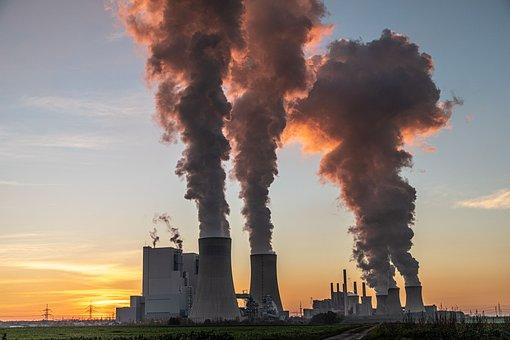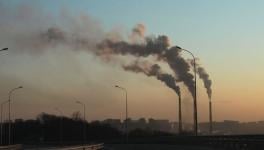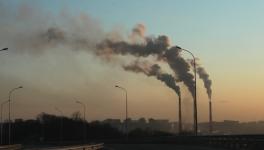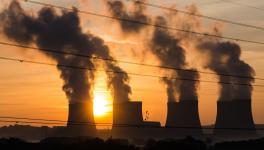No Sign of cut in Carbon Emissions, 2022 set to Touch Record High

Image Courtesy: Pixabay
Delhi: Fossil fuel-led carbon emission is set to touch new records in 2022, Global Carbon Project said in its latest report. The estimate says that global carbon dioxide emissions from fossil fuels are going to increase by 1% relative to 2021. This will account for a new high of about 36.6 billion tonnes of carbon dioxide emission into the atmosphere.
The latest projection shows that a reduction in global emissions can be seen nowhere in the near future. This stands in harsh contrast to what is needed to attain the aims of the Paris Agreement of 2015.
The Paris Agreement lays the goal of reducing the rise in global temperature to 1.5 degrees Celsius than the pre-industrial period in order to avoid the most devastating impact of climate change. For this, the agreement also suggests cutting global emissions by half by 2030. It is concerning that the current trends do not show any hope of attaining the goals, and thus, the danger of more devastation approaches even faster. Continuing the trend means humanity would pump that much carbon dioxide into the atmosphere, raising the temperature well above the 1.5-degree Celsius limit, that too within just nine years.
Corinne Le Quéré, a climate scientist at the University of East Anglia in Norwich, the United Kingdom, and a member of the Global Carbon Project, commented on the trend saying, “Nine years is not very long. There is clearly no sign of the kind of decrease that is needed to meet international goals, and even with aggressive action, climate models suggest the world is likely to at least temporarily cross the 1.5 °C threshold sometime in the 2030s.”
Notably, India shows a fast emission growth with an estimated 6% increase than the previous year owing to the rise in coal and oil consumption. On the other hand, one of the largest emitters, China, has been projected to decrease emissions by nearly 1%. Globally, scientists estimate that emissions from burning coal are going to increase by about 1%, which can set a new record due to renewed dependence on coal-fired power plants both in India and Europe.
Indian coal emissions will be as high as 5% while emissions from oil use will hover around 10% increase as the transport sector recovers from declines suffered during pandemic shutdowns.
The Chinese decline in overall emissions accounts for the decline in emissions from oil of about 2.8%, gas around 1.1%, and cement about 7%. According to the Global Carbon Project, the decline in Chinese emissions has been impacted by the decline in cement production due to slowdown in the property market because of ongoing restrictions.
Analysis by the Global Carbon Project also suggests that to achieve the goals of the Paris Agreement, there is a need to cut carbon emissions by around 1.4 billion tonnes per year, which in percentage terms would be 4% per year. Also, until the middle of the century, the net emissions will have to be zero to save the Earth.
According to Richard Newell of Resources for the Future, an environmental think tank based in the USA, the latest figures are not surprising. “The world still relies on fossil fuels for around 80% of its energy and simple arithmetic shows you, if you have a growing economy and an economy dependent on fossil fuels, your emissions are going to grow,” he said in a statement.
However, there is also a slightly encouraging aspect. There have been early signs of a transition towards clean energy. In many countries, the power sector is getting cleaner due to the expansion of wind and solar resources coupled with a shift from coal to natural gas for power production. These alternative resources for power generation are also affordable. Newell also commented that the rise in emissions from coal burning in Europe is a short-term issue. Worth mentioning here is that Europe is undergoing a power crisis due to the natural gas supply shortage resulting from the Russia-Ukraine war.
Get the latest reports & analysis with people's perspective on Protests, movements & deep analytical videos, discussions of the current affairs in your Telegram app. Subscribe to NewsClick's Telegram channel & get Real-Time updates on stories, as they get published on our website.
























